North Hollywood, CA
(818) 308 6292
San Antonio, TX
(210) 494 8282
North Hollywood, CA
(818) 308 6292
San Antonio, TX
(210) 494 8282
(818) 308 6292
(210) 494 8282
(818) 308 6292
(210) 494 8282
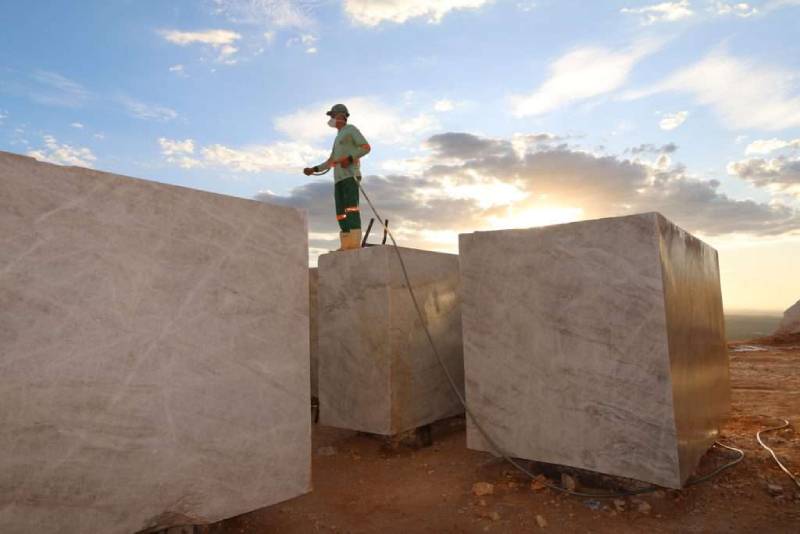
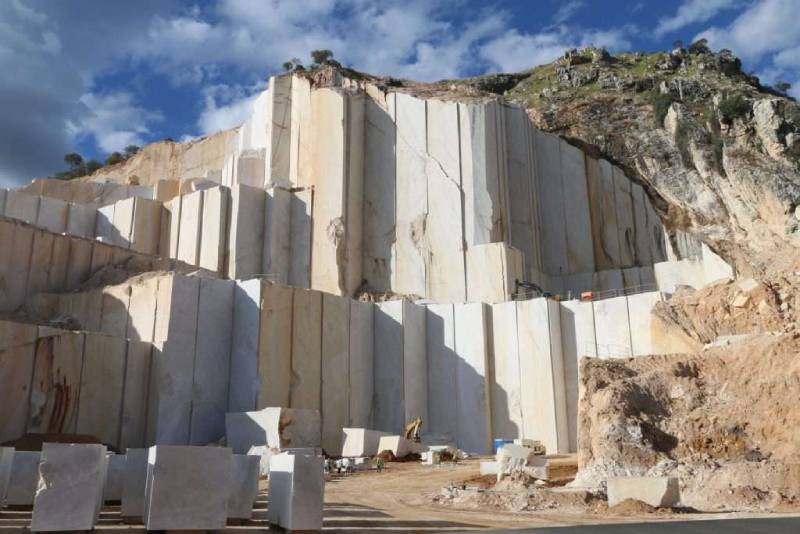
The journey of natural stone, from its geological formation through millions of years to its integration into our daily environments, exemplifies a seamless cycle of nature and sustainability. This cycle is characterized by minimal intervention, where the stone’s extraction, preparation, and application in projects necessitates significantly lower energy compared to synthetic materials, thus minimizing its carbon footprint.
The essence of natural stones lies in their formation—created by the Earth, with no need forartificial components or extensive manufacturing processes. This intrinsic naturalness ensures that the environmental impact of producing natural stones is substantially lower than that of man-made alternatives, championing an eco-conscious approach to material selection.
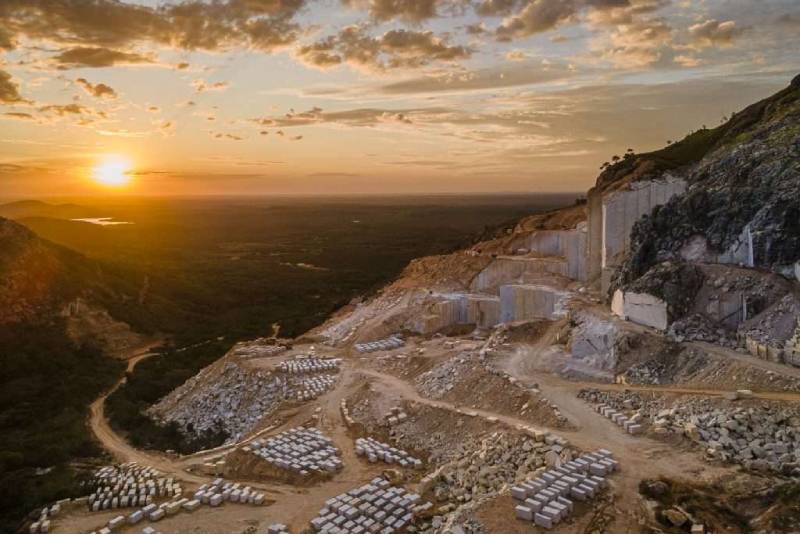
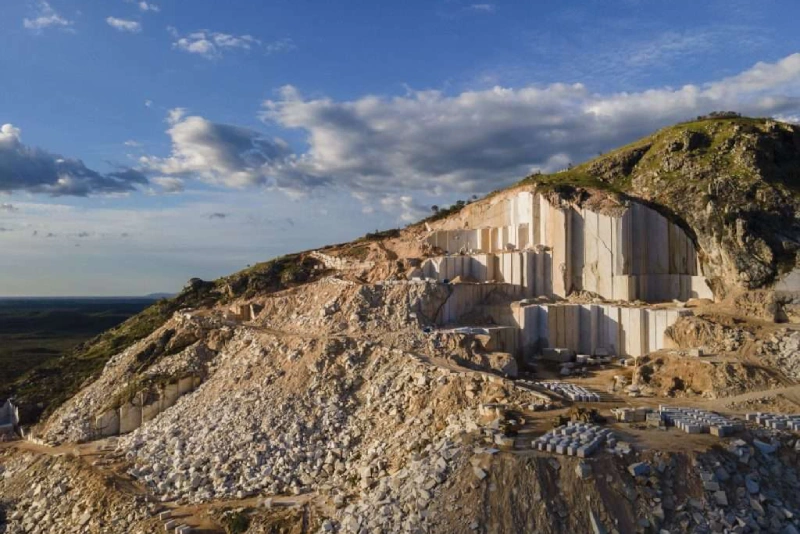
Incorporating natural stone into design and construction is not merely an aesthetic choice but a declaration of commitment to environmental stewardship. It represents a bridge between the natural world and our built environments, one that carries the legacy of the Earth’s history into our spaces with minimal ecological impact.
Choosing natural stone is an investment in the planet’s future, offering designers, architects, and homeowners an opportunity to contribute positively to the sustainability conversation. By prioritizing materials that are durable, recyclable, and in harmony with nature, we pave the
way for sustainable practices that will benefit not only our current projects but also the well-being of future generations.
Let’s embark on a journey of discovery and commitment to sustainability with natural stone.
Explore how these timeless materials can elevate your projects while aligning with the principles of eco-friendly design and construction. Together, we can make choices that celebrate the beauty of the natural world and contribute to a more sustainable future.
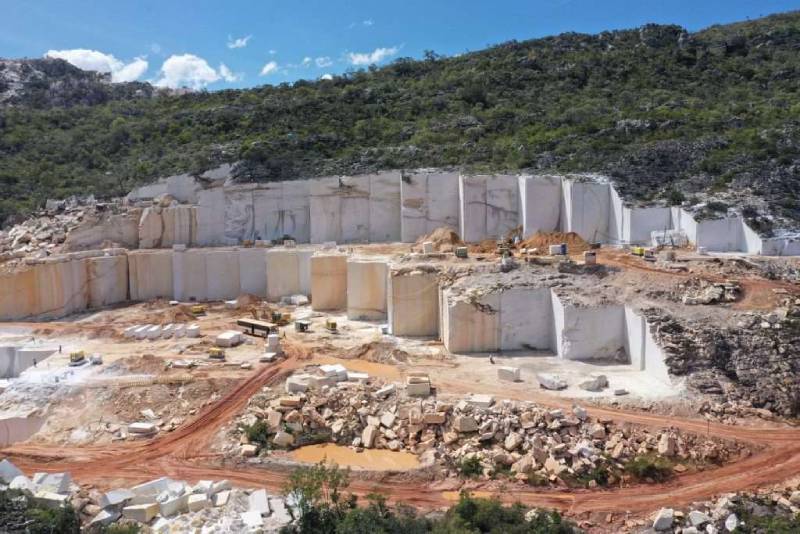
To maintain Dolomite surfaces, regular cleaning with mild soap and water is recommended. It is important to seal Dolomite surfaces to protect against stains and etching. Avoid using acidic or abrasive cleaners that can damage the surface.